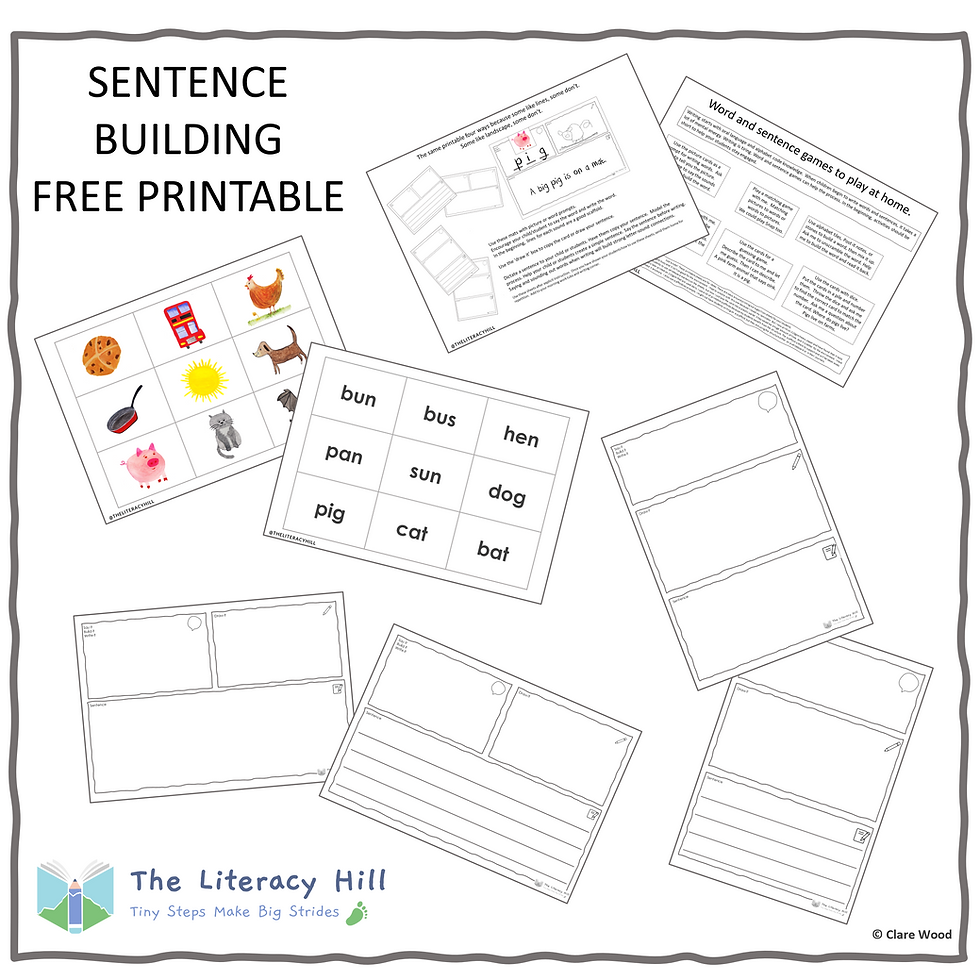WHAT IS DECODING?
- Developers Devzmelbourne

- Sep 5, 2022
- 3 min read

Decoding text is fundamental to all learning. It’s crucial. Any parent of a dinosaur lover does it with those overly long dinosaur names. We all do it when we see an unfamiliar word.
Decoding is all about letter-sound relationships — the ability to sound out an unknown word by using letter-sound knowledge. To blend sounds, a child has to know what to blend. Show your child how words are made up of the sounds we say — the letters on a page represent these sounds. A systematic sequence that moves from simple to complex in tiny cumulative steps is the most effective.
As John Walker from Sounds Write so aptly puts it–
“If children can talk, they can blend sounds to form words. If they can’t blend when they’re learning to read, it’s probably because, for one reason or another, they need much more practice in connecting spellings to sounds.”
Print out the free poster for your home or classroom here.
The ability to decode is the foundation that all learning stands on. I can read this text, therefore I can take meaning from it. I can transfer my knowledge of the sound to symbol correspondence to other words when I read.
All children must learn how to decode–some will do this on their own, most need explicit systematic instruction to achieve this.
In the beginning, I always use a 2 step approach.
I segment the word for the child so they can hear how many sounds are in the word and see the graphemes (individual letter or letter string) that represent the sounds — the letter-sound correspondence
I connect the sounds (connected phonation) and model how to blend the sounds to read the word. This step takes time. Connected phonation helps students to blend the sounds when reading.
The child then has a go using the printed word.
This takes time. Many correct repetitions are crucial.
Once children know-how, they can sound out unfamiliar words and blend to read on their own.
To decode text, we have to keep our eyes on the words.
It’s the words that carry the meaning and the words have the letters and letter strings that need translating into speech to read the text. Using the picture is not a decoding strategy. Teach segmenting and blending until your child or student can do it. Model it, but don’t do it for them. It takes many repetitions, it’s not a walk in the park.
Books for young children come with the most amazing pictures. I love brilliant illustrations — I have even bought books just for the illustrations. The thing is, the illustrations are for engagement — they are all about awe and wonder. The illustrations are because of the words. The words came first.
Using the picture is not a lasting strategy for decoding.
Just imagine a child reading a book about a horse. They see a word they don’t know, but they know it begins with ‘H’ and it’s near a picture of a horse. The chance is high that they will read the word horse because of the context. But they didn’t link the letters to sounds. They didn’t segment the word and link the sounds to the letters. That’s not really reading, that’s really a guess. The next time the word comes up if it’s without a picture the child will have difficulty again. We must teach children to focus on the words, letters and sounds to develop word attack skills. They can then use this knowledge with many other words.
If we don’t teach the alphabet code systematically, reading becomes a guessing game.
Children must learn how to decode. Reading is not a guessing game. Decoding is most effective if we connect that explicit teaching to a chat about the words and text, so meaning and vocabulary build too. Learning to decode is not barking at the text, learning to decode is the first step to becoming a fluent reader. No effective teacher ever said, just read the words, let’s forget about the meaning.

Effective educators systematically teach word attack skills and talk about the words.
To read more about what to do if your child gets stuck when reading their school book — go here
This is the two sides of the Simple View of Reading, merged as they should be. Click here for a very readable blog post from Tiffany Peltier to find out more.
The pictures are a great way to start a conversation about a story, and this chat will develop your child’s vocabulary and comprehension.
We have to be intentional in our practice.
Are we teaching decoding, or are we having a chat about the story using the pictures? The skill of decoding opens the door to reading.
I made some decoding strategy bookmarks a while back. Check them out!








Comments